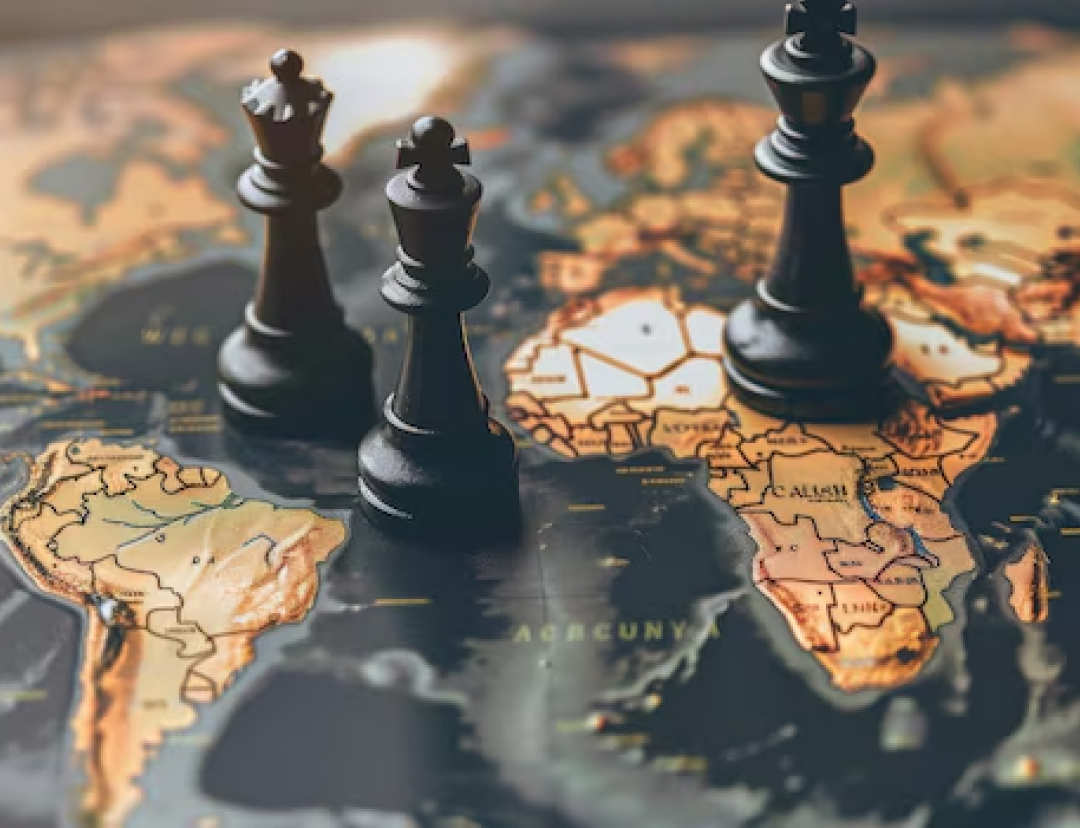U.S. President Donald Trump and Russian President Vladimir Putin are set to meet in Alaska on Friday for a crucial summit that could significantly impact the ongoing war in Ukraine and European security. This meeting marks Putin's first visit to Western soil since the onset of the Ukraine invasion in February 2022, a conflict that has resulted in substantial casualties and territorial gains for Russia.
The summit presents Trump with an opportunity to showcase his negotiating skills on a global stage. He has been portrayed by his supporters as a capable dealmaker who can help bring an end to the violence in Ukraine. For Putin, this meeting is a chance to solidify Russia's territorial gains and potentially hinder Ukraine's aspirations to join NATO.
However, the summit carries considerable risks for Trump. By hosting Putin in the U.S., he may inadvertently provide legitimacy to the Russian leader, who has faced international isolation since the invasion. Additionally, the absence of Ukrainian President Volodymyr Zelenskyy from the talks raises concerns about the West's commitment to involving Ukraine in discussions that directly affect its future.
Trump has acknowledged the uncertainty surrounding the summit, stating there is a 25% chance it could fail. He suggested that if the meeting goes well, he might invite Zelenskyy for a subsequent discussion, although Russia has not agreed to this possibility. Russian Foreign Minister Sergei Lavrov responded to Trump's comments, emphasizing that Russia does not plan ahead and is prepared to present its position clearly.
In the lead-up to the summit, Trump described the meeting as a "feel-out session" but warned of severe consequences for Russia if Putin does not agree to end the conflict. He has also hinted at the possibility of negotiating territorial exchanges, a notion that has disappointed Ukraine and its allies.
Experts have expressed skepticism about the potential outcomes of the summit. Ian Kelly, a former U.S. ambassador, stated, "The best that can happen is nothing, and the worst that can happen is that Putin entices Trump into putting more pressure on Zelenskyy." George Beebe, a former CIA analyst, cautioned that high-level meetings like this can lead to misunderstandings, especially when organized quickly.
Zelenskyy has repeatedly questioned Putin's willingness to negotiate in good faith, and European allies have stressed the importance of including Ukraine in any peace talks. Political analysts in Moscow have noted that the summit could exacerbate divisions between the U.S. and its European partners.
As the summit approaches, foreign governments are closely monitoring the dynamics between Trump and Putin, as their interactions could influence international relations. The ongoing war has resulted in significant losses for both sides, with Ukraine struggling to defend against a larger Russian military force.
The choice of Alaska as the summit location has drawn attention. Trump has defended the decision, stating it is respectful for Putin to come to the U.S. rather than meeting in Russia. Analysts have noted that the venue symbolizes a distancing from Europe and Ukraine, with Joint Base Elmendorf-Richardson serving as a historical military site.
The outcome of this summit could have lasting implications for the geopolitical landscape, as both leaders navigate the complexities of their respective positions and the ongoing conflict in Ukraine.

 Canada News
Canada News

 Yahoo Canada
Yahoo Canada SooLeader
SooLeader The Canadian Press
The Canadian Press CNN
CNN FOX News Videos
FOX News Videos AlterNet
AlterNet